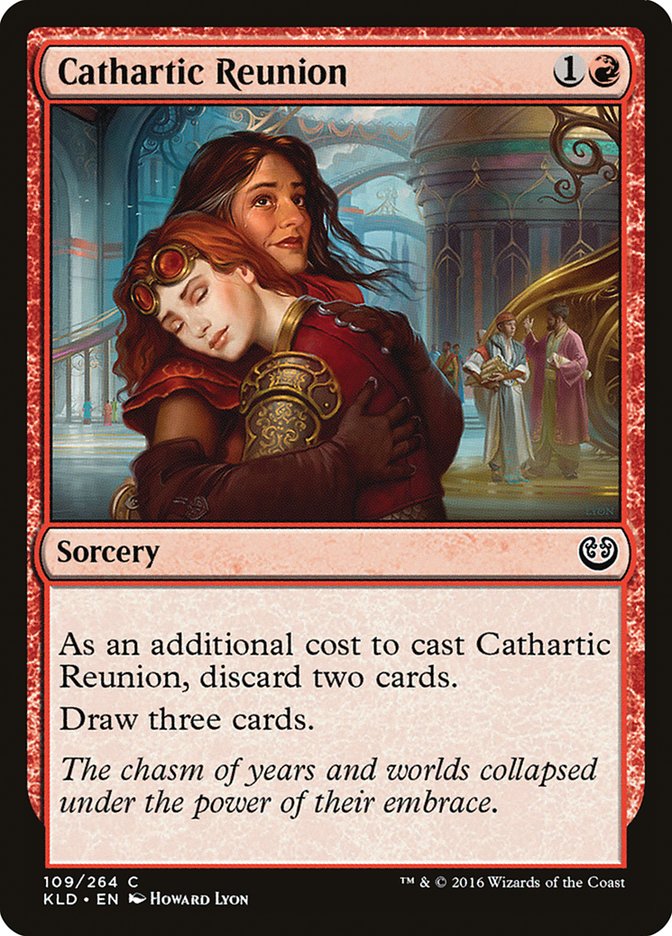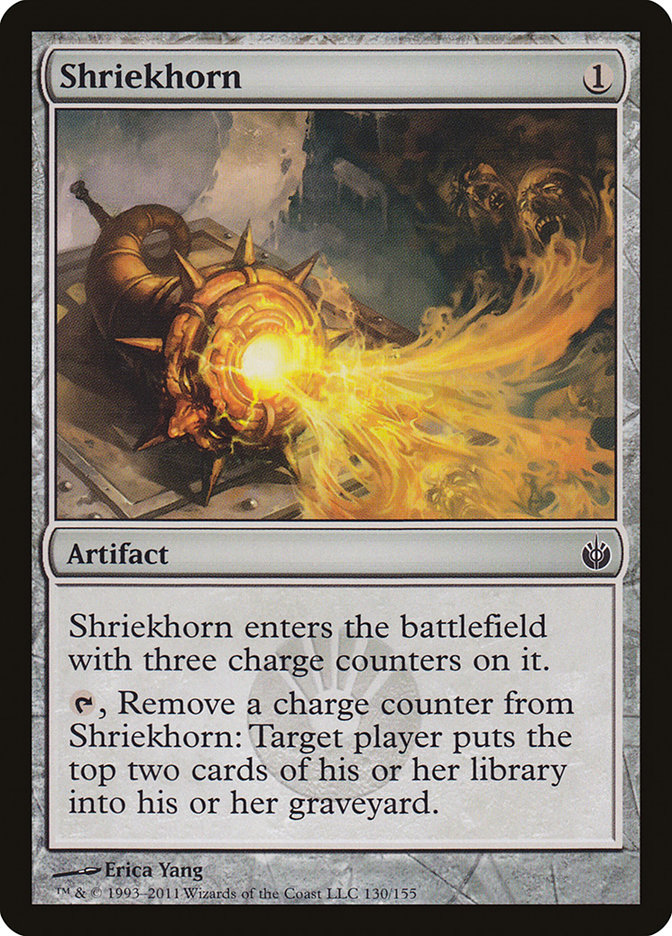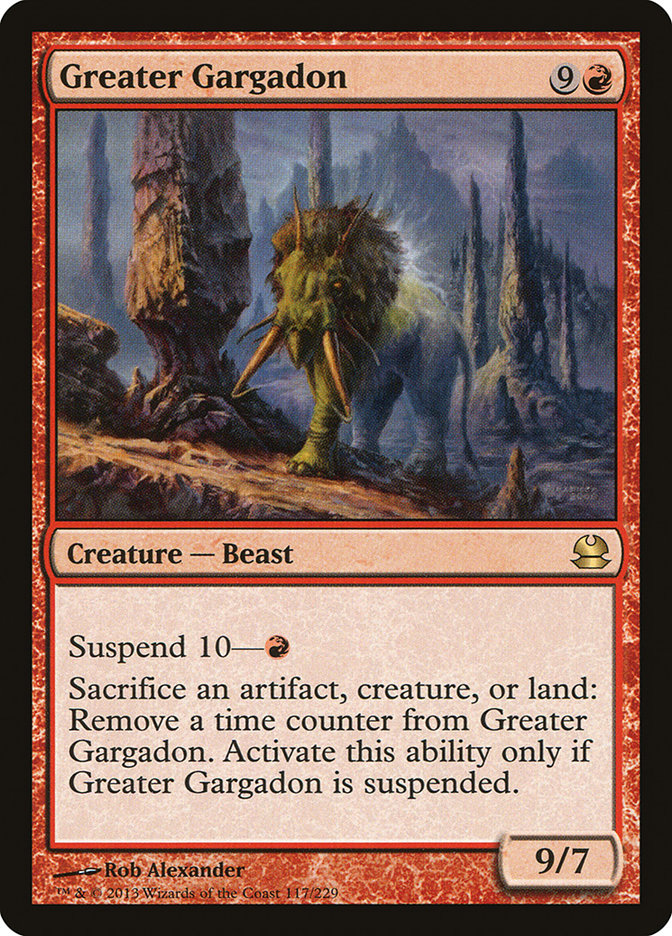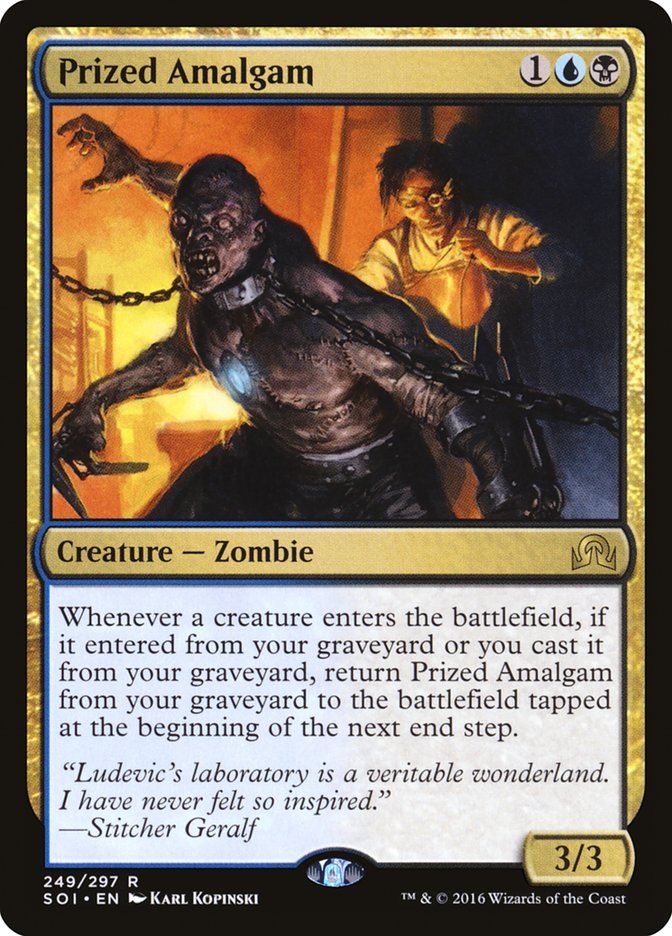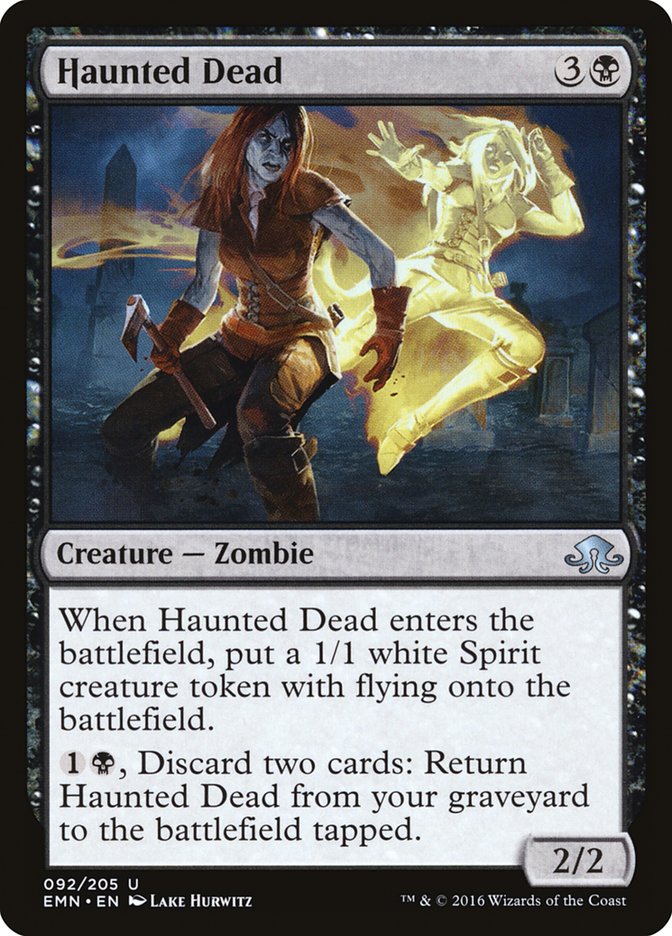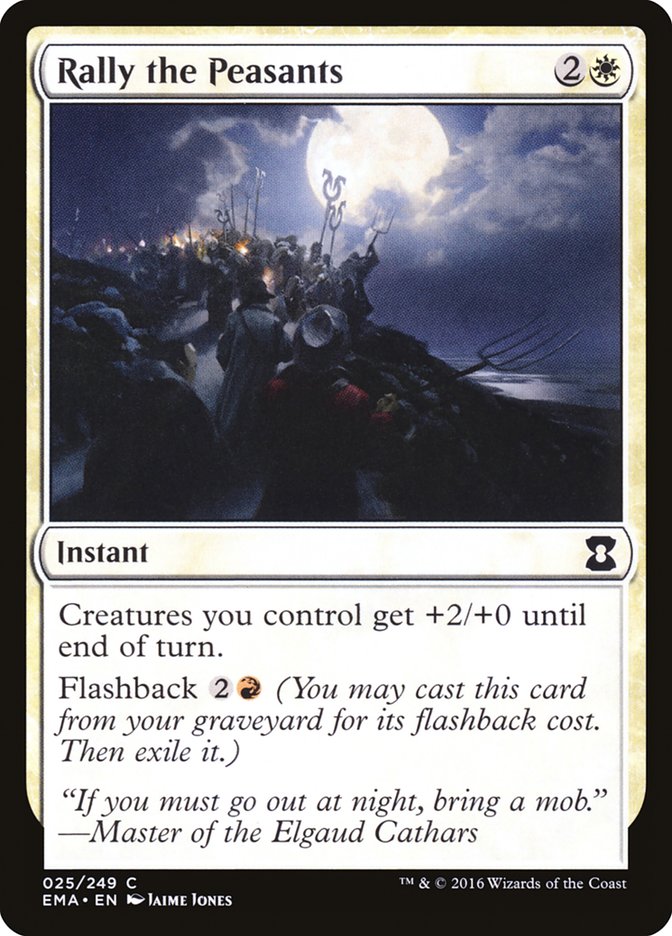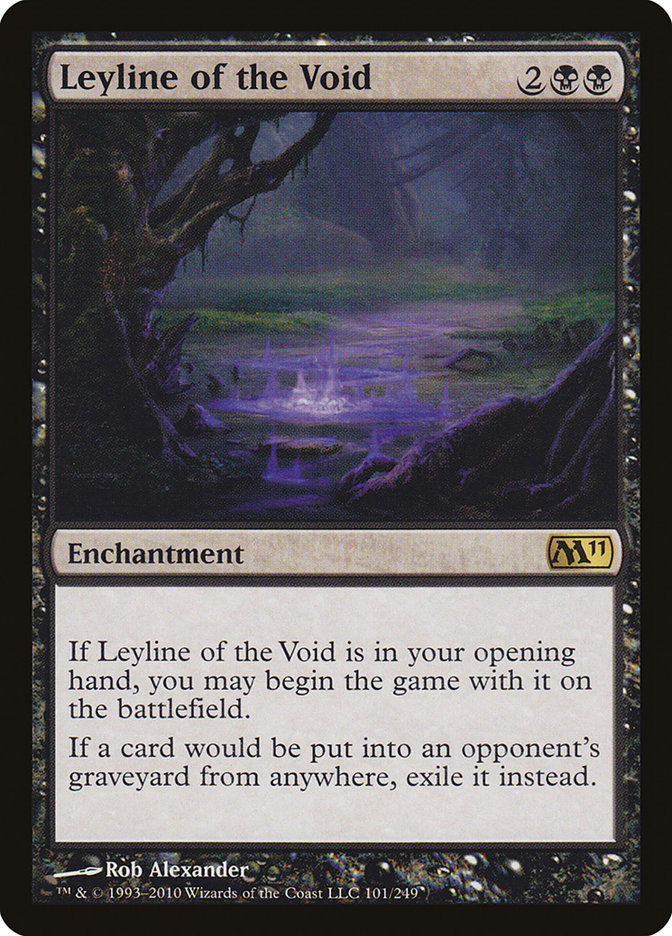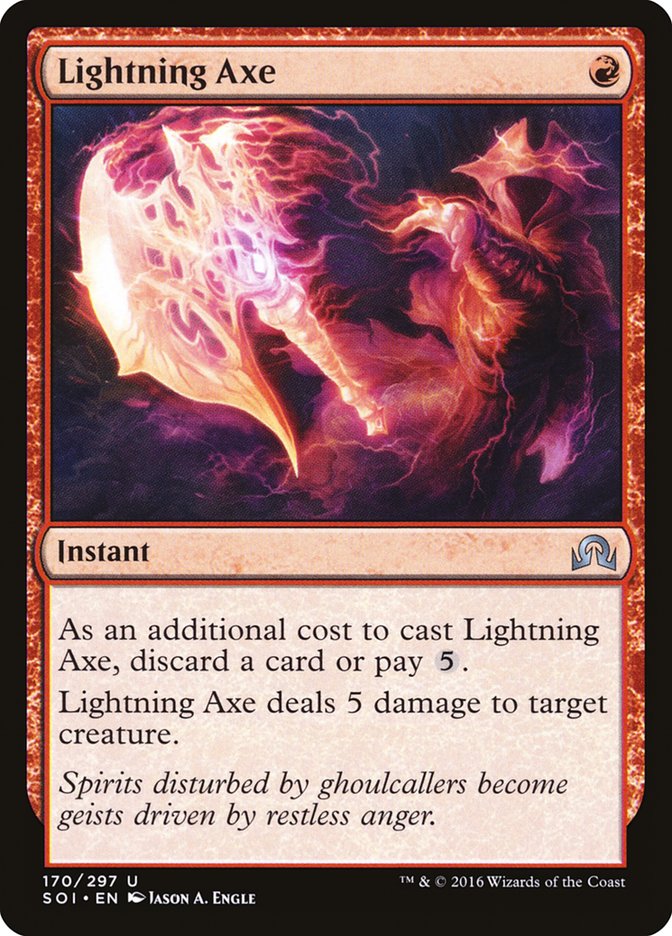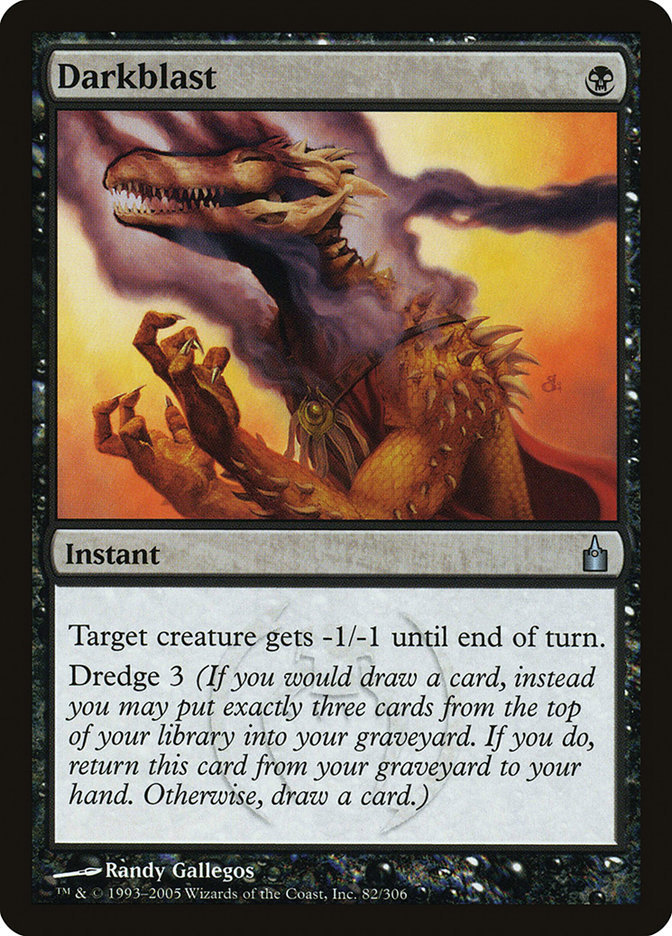The Pro Tour is in the books and it has left Standard in an excellent place with aggro, control, and combo all represented with viable competitive archetypes. Kaladesh has made an incredible impact on the format and it’s likely that we are not done exploring the set with several competitive events on the horizon.
But this weekend is #SCGMKE, our first taste of Modern under the bright lights of the competitive stage since the release of the latest set. Typically a new set’s impact is rather small on the larger formats in Magic since the barrier to entry into those formats is so high. We may get a few role-players for different archetypes like Blossoming Defense for Infect and, if we’re lucky, a new card that reinvigorates an archetype, like Nahiri, the Harbinger did for Jeskai Control.
But Kaladesh has brought us a potentially dangerous addition to an already powerful deck: Cathartic Reunion in Dredge. A lot of lists already used Tormenting Voice and this card is a near-strict upgrade as Dredge is much more interested in getting an extra rummage at the cost of having a worse topdeck in the late-game, since you’re almost never drawing off the top of your deck past the opening turns anyway.
Every extra draw that Dredge can get is dangerous because it represents anywhere from three to six more cards in the graveyard, leading to a dramatic increase in the explosive capability of the deck as well as its consistency. With how fast Modern is right now, increasing your deck’s potency against the goldfish makes a significant impact on its ability to win games of Magic against a live opponent, since they will often be left without recourse against your best draws.
Dredge already had the advantage of resilience against normal forms of interaction, but it gained that edge at the cost of some speed, often waiting until turn 5 or 6 to actually finish the game after gaining a huge advantage by turn 3 or 4. Cathartic Reunion threatens to close that speed gap against the fastest decks in Modern and give the deck an ability to get out ahead of hate cards like Rest in Peace. If it lives up to these promises, then Dredge could become a monster in the format, which, as a proponent of the archetype, both excites me and terrifies me.
Dredge is already showing up in increased numbers on Magic Online and the increased hate will not be far behind. As such, it is important for us to take a closer look at the deck and how Cathartic Reunion affects it. Oftentimes making the obvious swap for a new card causes you to miss the subtle points in how the deck has changed, so even though the deck gets better, you’re still not at maximum efficiency.
A well-tuned list Dredge will be capable of winning through a significant amount of hate and tear through a well-prepared metagame this weekend in Milwaukee.
Shriekhorn Gets No Respect
I noted above that many lists of Dredge before Kaladesh used Tormenting Voice as their third enabler after Faithless Looting and Insolent Neonate. I on the other hand elected to use Shriekhorn, a curious choice since it’s a significantly less powerful card in the abstract.
But here’s the reality of building linear decks that don’t play a traditional game of Magic: they aren’t very much interested in abstractly powerful cards. These decks are built to do one thing as well as they possibly can, and they simply want the cards that support that gameplan the best. Shriekhorn has a lot of small advantages over Tormenting Voice that often go unnoticed but are critical for getting the most out of the deck.
First, Shriekhorn costs one mana. That’s obvious, I know, but when dealing with a linear deck that is aiming for speed, every single mana matters. You need to do something on turn 1 to get the engine going and Shriekhorn does that, often putting a dredger and a creature into your graveyard by your next draw step. That will set you up for an explosive second turn even if your hand started without a dredger, which is very important.
With linear decks you have to be prepared for times when your opening hand isn’t very strong and be able to recover from that. Without a dredger in your opening hand, Tormenting Voice can lead to very cumbersome and slow starts, and the power of getting two dredges immediately isn’t enough to compensate for that downside. The six cards that Shriekhorn mills is certainly below what Tormenting Voice can do at its best, but it’s also above what Tormenting Voice does at its worst, and having the more consistent and cheaper card at that point is best.
Cathartic Reunion Changes the Game
With my clear favoritism toward Shriekhorn, you may think that I would be skeptical of Cathartic Reunion, and with the amount of hype it is receiving, I am to an extent. I’m definitely not as high on it as a lot of other players because I value mana efficiency and the ability for Shriekhorn to jump-start the engine without a dredger in your opening hand. Like Tormenting Voice, Cathartic Reunion comes up short on those metrics.
But the upside on Cathartic Reunion is considerably higher. As I noted earlier, every extra draw you can get in Dredge is huge, and that increased upside changes the calculus against Shriekhorn. We now have a card that will almost certainly put more than six cards in your graveyard and at best can put eighteen, a gargantuan number that is sure to put several creatures onto the battlefield.
But we still need to be wary of Cathartic Reunion’s limitations. Ideally you want to use the card as your second enabler, with a graveyard that has a few cards already. What you want to avoid are the situations where you only have one dredger and are hoping to chain them off the top of your deck, because then you’re risking having to draw naturally with the card rather than dredge.
Cathartic Reunion is powerful enough to carry the day if you put in the effort to set it up, so your deckbuilding should reflect that. You need to move in an even more linear direction, trimming any fat you possibly can and leave only the cards that are most essential to the deck’s primary function. That means my beloved Greater Gargadons are moving to the sideboard permanently, and useful but often superfluous singletons like Haunted Dead and Rally the Peasants are now luxuries that you likely cannot afford.
However, Shriekhorn likely still has a place in the deck as a setup card for a turn 2 Cathartic Reunion. Finding the right balance between these cards is the tricky part of building any linear deck, but this is where I am going to start with the maindeck:
Creatures (24)
Lands (18)
Spells (18)

Three Cathartic Reunion is certainly against popular opinion, but it’s not a card I want to draw in multiples very often and squeezing the extra dredger into the main is important for making the first copy function at maximum efficiency.
It’s possible that the deck is now fast enough with Cathartic Reunion to cut down on a Conflagrate, but I already cut Haunted Dead as a discard outlet and Conflagrate has been among the best-performing cards in the deck in every tournament I’ve played.
This isn’t a radical departure from the previous lists in terms of total cards changed, but it represents a more streamlined version of the deck. Modern often sees this happen to decks as they incorporate one or two cards from a new set. The deck will become more refined, and while it doesn’t appear to have changed much on the surface, the fact that it gains a few percentage points in essentially every matchup can take it from middling contender to Tier 1. The fact that Dredge was arguably Tier 1 in Modern already makes this refinement all the more dangerous, a fact that will not be lost on the rest of the field in Milwaukee.
Building the Sideboard
Like most decks in Modern, there just isn’t enough space in Modern to cover every deck, so each week you have to pick your poison as to what deck you want to ignore and either try to dodge or overcome despite your limited sideboard.
With unlimited space, I would like to have all of the following cards in my Dredge sideboard on any given week:
3 Nature’s Claim
I’m also interested in trying to rework the manabase to play Fragmentize, although as a sorcery it’s much less effective against Affinity and Infect than Nature’s Claim and I’ve been quite happy with the fastland-heavy manabase.
Leyline of the Void is a tough card for me to evaluate right now because I keep expecting players to pick up Dredge in greater numbers than they do. They have languished in my sideboard doing nothing as the deck continues to sit around five percent of the metagame despite its success. Whether Cathartic Reunion puts the deck over the top enough to change that, I don’t know, but I do know that I am going to take a wait-and-see attitude before I devote four sideboard slots to the mirror again. Sideboard space in Modern is simply too valuable to waste, so for now I’m willing to give up that edge and hope that players are still too afraid of hate to pick up the deck.
Lightning Axe and Darkblast are my new additions to the sideboard, although other lists have utilized them for a while now. The former is the best card you have against Bant Eldrazi, which I have found to be a surprisingly tough matchup due to their ability to win the long game against you and dig for Grafdigger’s Cage with Ancient Stirrings after sideboarding. If you can answer their hate, the game usually hinges on them stabilizing with a large creature or two, so discarding a dredger to answer one of them for a single mana should give you the tempo needed to close out a game.
Darkblast is your all-star against Infect, a popular deck that I expect to show up in even larger numbers due to the presence of Blossoming Defense. I’ve typically had one Darkblast in my 75, but the difference in games where you have it early versus otherwise is huge, so I want as many as I can fit. Still, since you can dig for them via dredging, the third is very much a luxury and it’s important not to go overboard in siding against a single deck.
For this weekend, I would register the following fifteen sideboard cards:
3 Nature’s Claim
It’s easier to trim on the cards that work from the graveyard since Cathartic Reunion will let you dig further into your deck to find them, so that’s the philosophy I used in culling my initial list. With the other removal, I’m not even convinced Ancient Grudge is necessary, since I have been pleasantly surprised by my Affinity matchup, but since it’s such a popular deck I don’t want to trim too far there.
If you have different expectations for the metagame this weekend, perhaps for a specific local store, feel free to trim a different set of cards to get to fifteen, but I would feel very comfortable with this sideboard at the Open this weekend.
Unfortunately, I will likely be sitting this weekend out so I can recharge after a long trip. The Pro Tour didn’t go well and there are plenty of things I wish I had done differently, but there are worse places to scrub out of a tournament than Hawaii. I’ll certainly be following along with the coverage and looking out for anyone playing Dredge, so if you’re packing Bloodghasts, represent the deck well, and please please please get some nice basic lands.


